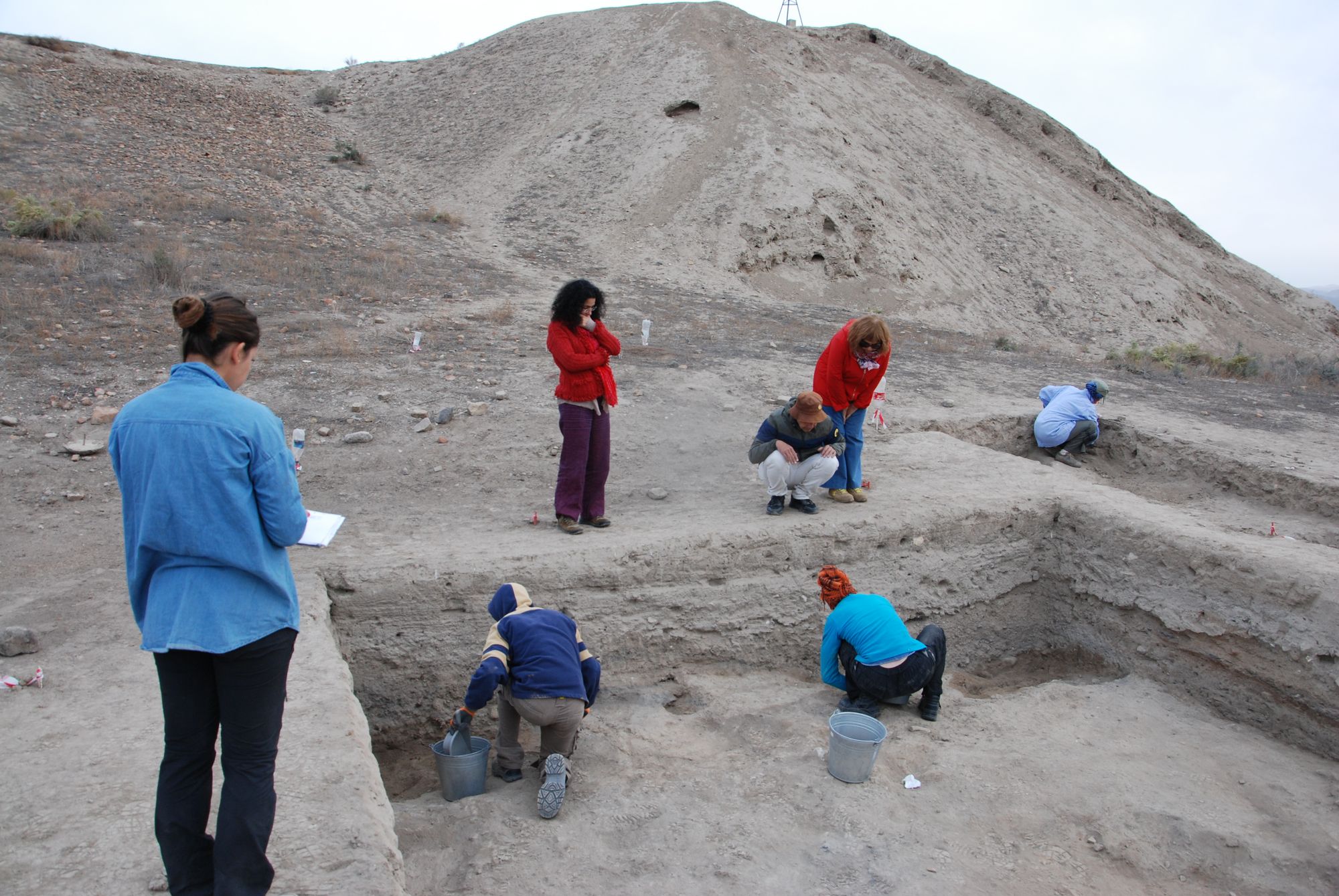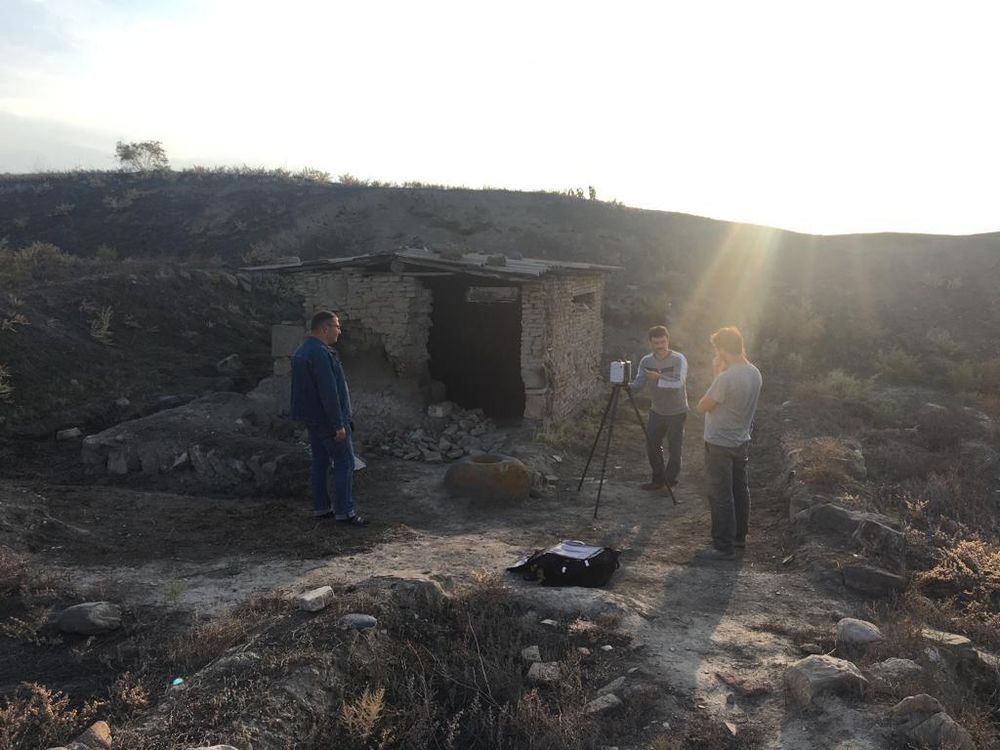Activities 2022. The Second Armenian-Italian joint expedition to Dvin
The Second Armenian-Italian joint expedition to Dvin (October 2022)

Last October, the second season of the joint Armenian-Italian archaeological mission to Dvin was carried out. The Armenian team, headed by Professor H. Petrosyan and formed by students from the Yerevan State University and experts from the Institute of Archaeology and Ethnography of the Armenian Academy of Sciences, and the Italian team, headed by Professor M. Nucciotti and composed by ArmEn researchers E. Pruno, H. Hovhannisyan and PhDs L. Squilloni and F. Cheli, as well as BA and MA students from the University of Florence, worked together in two different areas of the medieval city of Dvin, one of the greatest urban settlements of the entire CAM region. The P.I. Pogossian also took part in the mission, spending some days on the site with the archaeologists and clarifying the connection between written sources and archaeological evidence. The expedition was co-financed by the Italian Ministry of Foreign Affairs, the Institute of Archaeology and Ethnography of the Armenian Academy of Sciences and the van Berchem Foundation.

The Italian Ambassador in Armenia Alfonso Di Riso demonstrated a vivid interest in the activities of the Armenian-Italian expedition, inviting the team for a reception at the Italian Embassy.

Moreover, on October 15th, together with his wife Corinne Zeltner, the Ambassador visited the site and the excavation areas guided by Professors Petrosyan and Nucciotti.
The geographic historian and public intellectual Ruben Galichian was also present at the visit, remarking once again on the importance of Dvin and the significance of continuing archaeological research on this site.
Last year’s excavations in the so-called “South Tower” area were resumed, with the purpose of going deeper and enlarging the excavation square. Here, thanks to a micro-stratigraphic analysis of the archaeological deposit it was possible to identify some activities related to the occupation and use of this part of the city, most likely relevant to its last phases or its period of decline.
New excavation squares were opened in the so-called “Market”, where multi-phase structures had already been unearthed last year. Extensive work allowed to uncover other structures that will give us new data about the function and the period of activity of this part of the city. At the same time, a new small square opened in the northern portion of the area will permit a micro-stratigraphic analysis of transformations of the area surrounding it.
Besides excavation activities, massive archaeological surveys were conducted thanks to the use of drone photogrammetry and a laser scanner. Surveys of the entire site, including defensive walls’ remains in the nearby villages, were integrated with high-quality laser scanner surveys of the “Lower Fortress” area, creating a dataset of visual information useful both for archaeological and conservation purposes.









